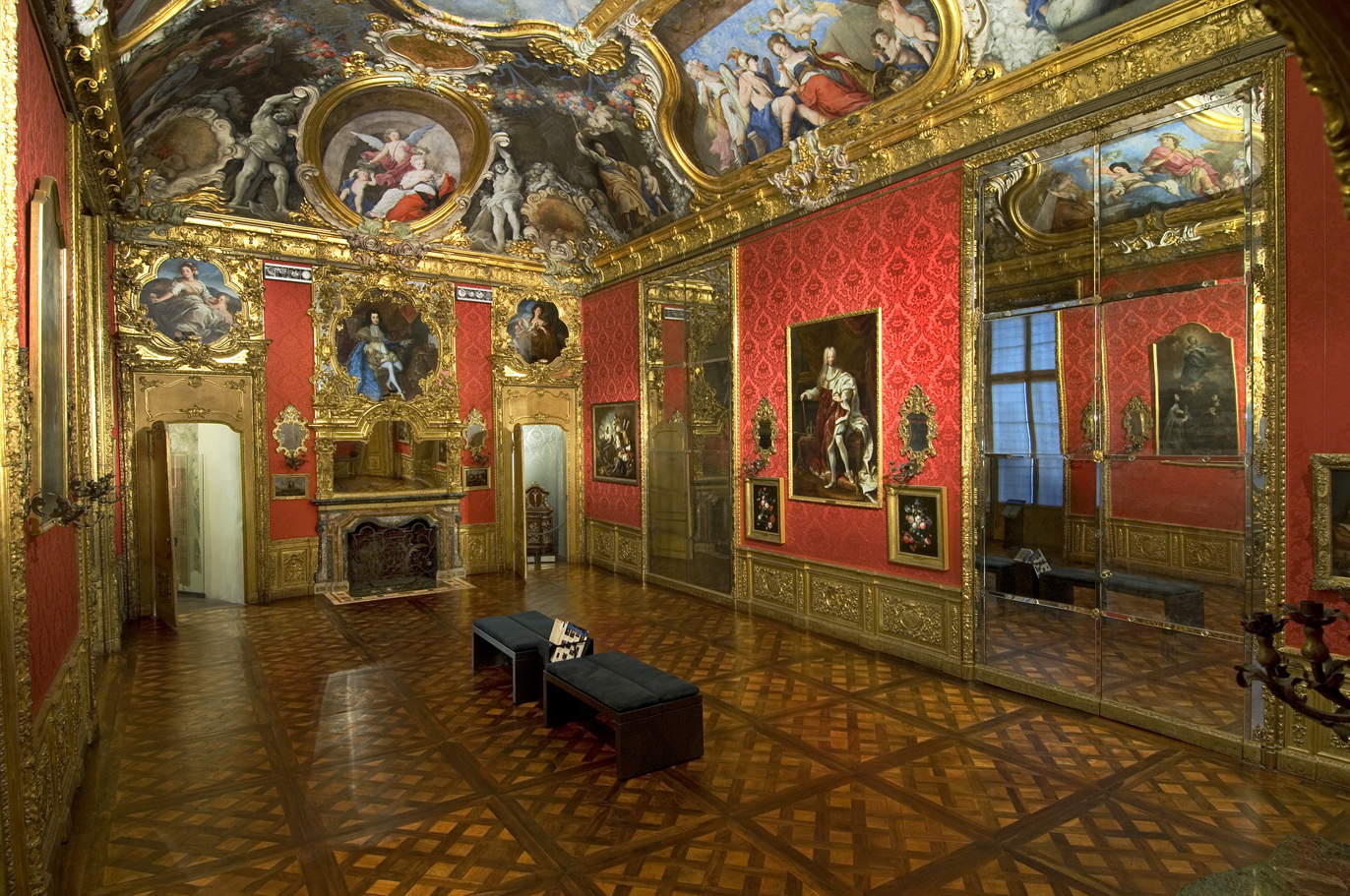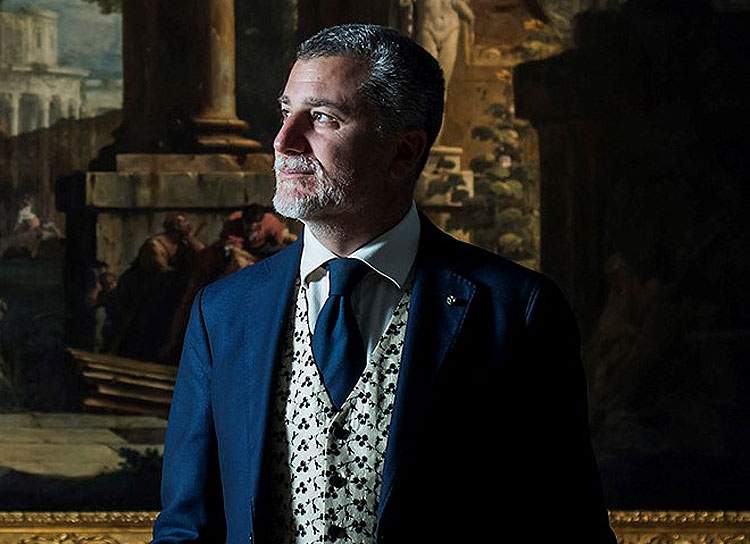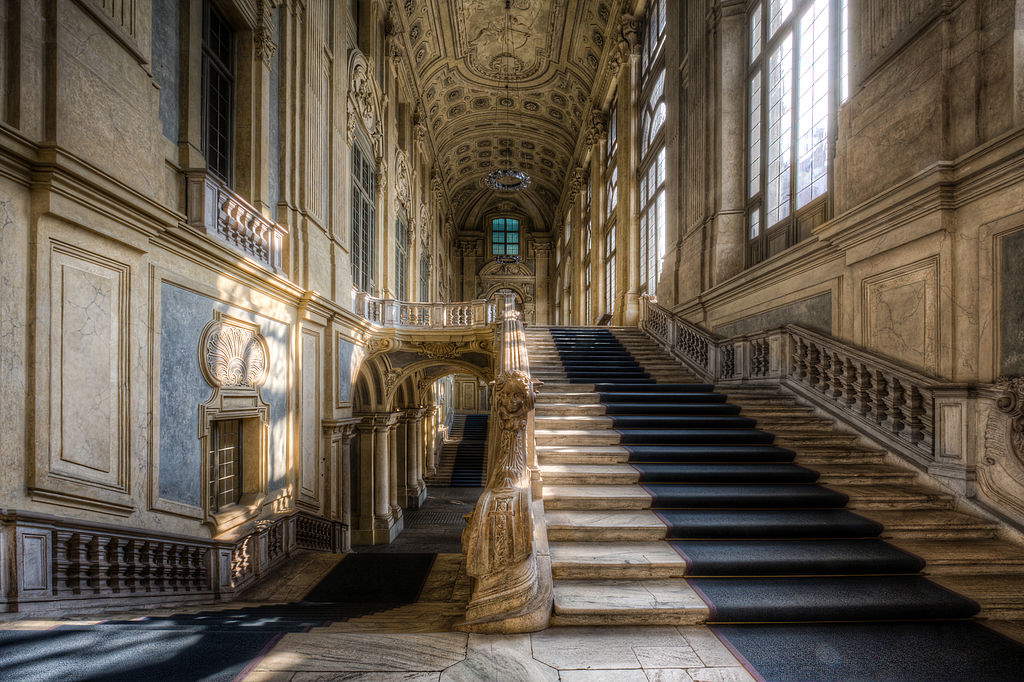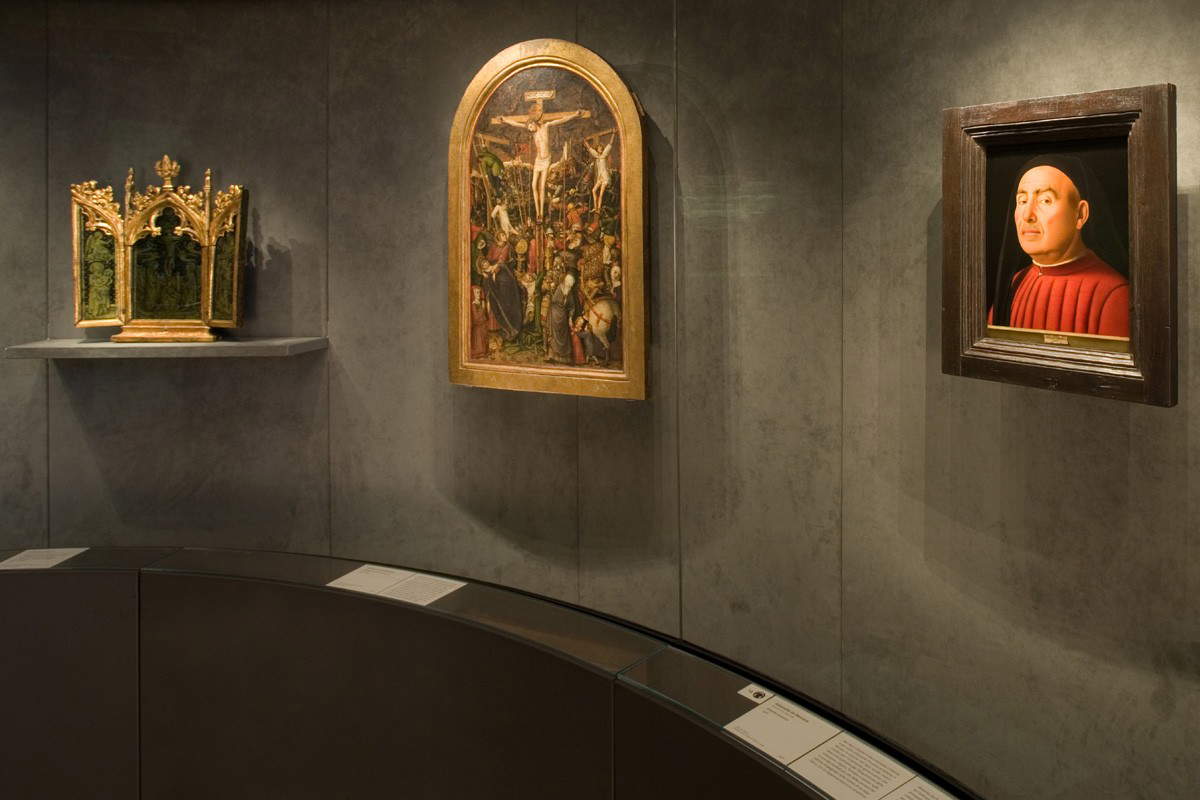Welcome to Palazzo Madama. Welcome dreams. We are in Turin, in what Guido Gozzano called the “House of Centuries,” a place of strategic importance for the history of Italy and which will be directed for four years by Giovanni Carlo Federico Villa. Just a few weeks after his tenure was made official, Villa with a special visit told us about his museum and his vision for the future. Dreams yes, sometimes dreaming is possible, but so is giving it substance, and as in a waltz ride, we discover a reality of enchantment as we twirl up and down the floors of the Palace with the new director, thus traversing its lush rooms, embellished with endless collections: Palazzo Madama, we must not forget, is first and foremost the city’s Museum of Ancient Art. And from there, from the top of its panoramic tower, one can catch all of Turin at a glance. If all that were not enough, through a glass-enclosed elevator, you can go back down, to admire the colors of the botanical garden or the dense texture of the medieval garden.
Literally overwhelmed by Villa’s astounding and well-known oratorical skills, we went step by step through the thousand-year history of this monument, and with the occasion of his appointment, we had a chat in order to learn more about and preview his project. An associate professor at the University of Bergamo and lecturer at the School of Specialization in Udine, a curator of major exhibitions and the foremost expert on Veneto art, Villa was selected from more than 300 curricula.
In his vision, Palazzo Madama will be allowed to return to its original role. Central, symbolic but above all a civic museum, in the newly appointed director’s intent, it will, on the one hand, remain faithful to the Fondazione Torino Musei system, along with the Museum of Oriental Art (MAO) and the Gallery of Modern Art (GAM), from which it originated, and on the other it will be rethought in order to give impetus to a major project to enhance its collections and spaces, above all by putting its identity value back at the center, including with educational projects such as the current one, The Classroom I Would Like, a project that has involved the halls of the Palazzo becoming study rooms for programs of all kinds, from music to history.



The history of Palazzo Madama is thousands of years old and can be summarized with a rather extensive chronology that goes from the Roman Age to the 20th century. It is in fact in the Age of Empire that it has its origins as the city’s decuman gate, still visible in its foundations and towers. But a thin thread binds its history well beyond these temporal margins, to cross even the medieval age and the seventeenth century up to the nineteenth century, when it assumed a pivotal role in the birth of United Italy, hosting the Senate of the Kingdom, and to 1934, when it became the seat of the municipal collections of ancient art.
It is from here that Villa resumes weaving the thread of the history of Italy and the Palace. Not the easiest task, several ancient traces are also scattered everywhere, for example in the overlooking Piazza Castello, where, by the way, during the renovation works in 1999/2000, the layout of the Roman walls, and even that of the gallery of Charles Emmanuel I, resurfaced.
Since then, to everyone’s amazement, the ruins of a sacrificial space still shrouded in enigma and yet to be investigated have come back to life. But it is the whole history of the palace that will be a compelling challenge for Villa.
Where to begin? Meanwhile, by reconstructing the various steps. Many, many, in fact, have been the changes of use, the variations of structures, the multiple tamperings, the expansions. But this very permeability, not to be frightened, the perennial mutation of its function has always had happy turns over time. Its “triumphant Baroque redesign” (G. Romano), was the outcome of a generous decorative experiment never attempted before and which would later lead to the resounding intervention of a great interpreter like Filippo Juvarra.
To get a better idea and go deeper, let us try to brush up our memory a little more with the words of Director Villa: “No building in the world,” he explains, “has perhaps the perfect interpenetration of two thousand years of history. What we see today that is majestic is a combination of millennial interventions.” In Roman times it was the Porta Decumana, which provided access to the city from the Po side. “After the fall of the Empire, in the medieval age, the gate was maintained by enlarging it on three sides into a fortress and later into the home of the Acaja family, the architects not only of enlarging and beautifying the castle, but also making it a center of absolute power.”


Theannus mirabilis , however, was 1637, when the life of the palace reached its peak, because Marie Christine of Bourbon of France, regent of Savoy, made it her residence . However, the name “Palazzo Madama” is owed to another woman, Marie Jeanne Baptiste of Savoy-Nemours, who, together with Filippo Juvarra, “imprinted a grandiose project in the Baroque style, of which the grandiose façade with one of the most beautiful staircases in Europe was made.”
“In 1822,” Villa continues, "thebuilding was even used as an astronomical observatory. Charles Albert made it the seat of the Subalpine Senate: the Statuto Albertino was made here, the wars of independence, the Crimean campaign, the Unification of Italy and Rome as capital were declared. Italy was made here. Since the end of the nineteenth century, then, the building underwent numerous restorations and restorations, and was able from that time to house one of the most significant collections of applied arts in the world, filled with more than 80,000 pieces."
But Palazzo Madama is even more than all that. “Everything expresses a difference,” says the director. The breadth and diversity of the spaces lend themselves to numerous declinations and more “modes of use,” its verticality, as we have seen, plays a key role as a beacon and privileged vantage point over the city, in addition to the richness of the collections, their diversity, and prominent elements, such as the Juvarrian staircase. Ultimately, the palace’s tangible and intangible heritage is to be awestruck. The Villa project thus aspires to be the beginning of a new chapter in Turin’s history, in the heart of the Palace that has forever marked its fortunes.
Warning: the translation into English of the original Italian article was created using automatic tools. We undertake to review all articles, but we do not guarantee the total absence of inaccuracies in the translation due to the program. You can find the original by clicking on the ITA button. If you find any mistake,please contact us.